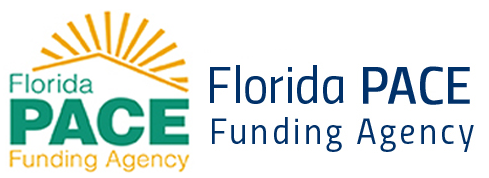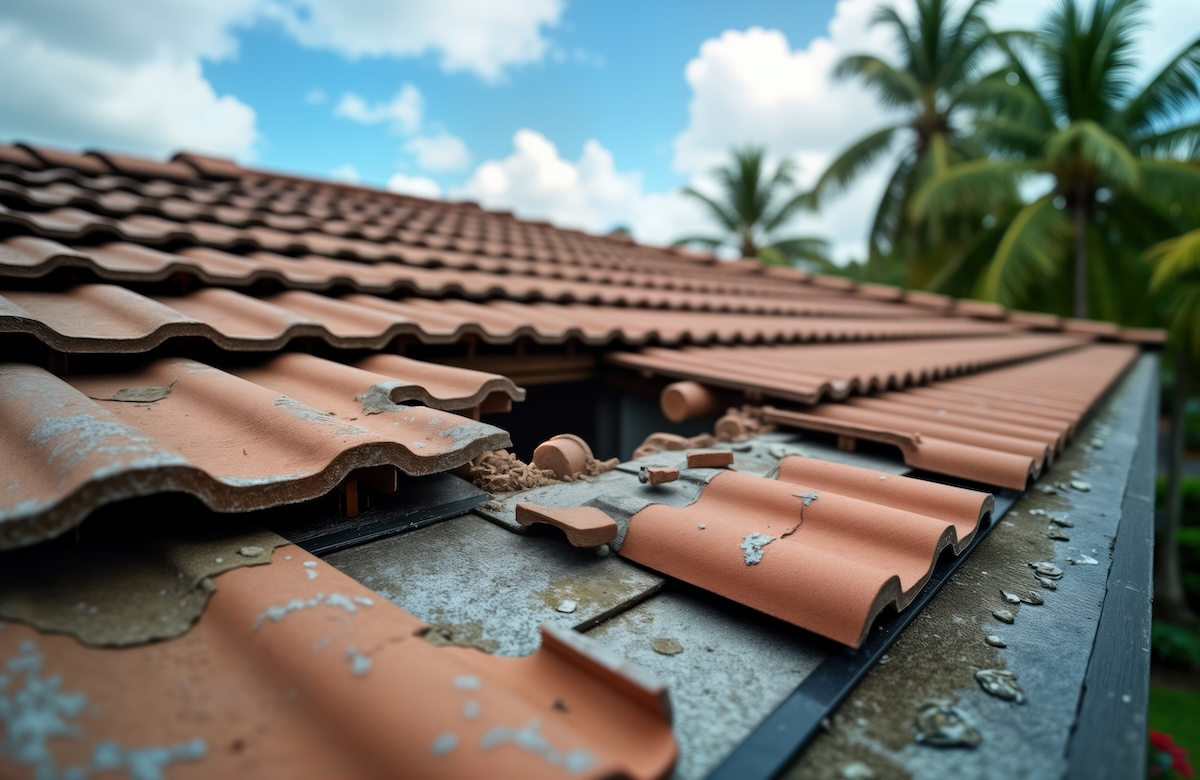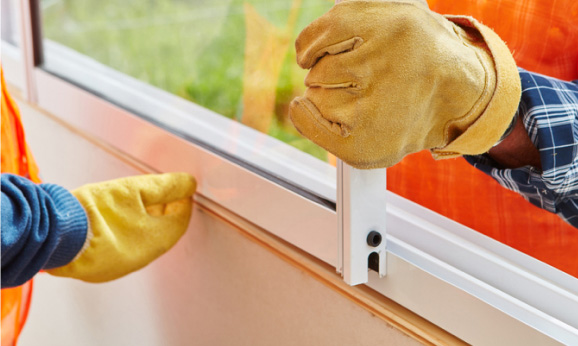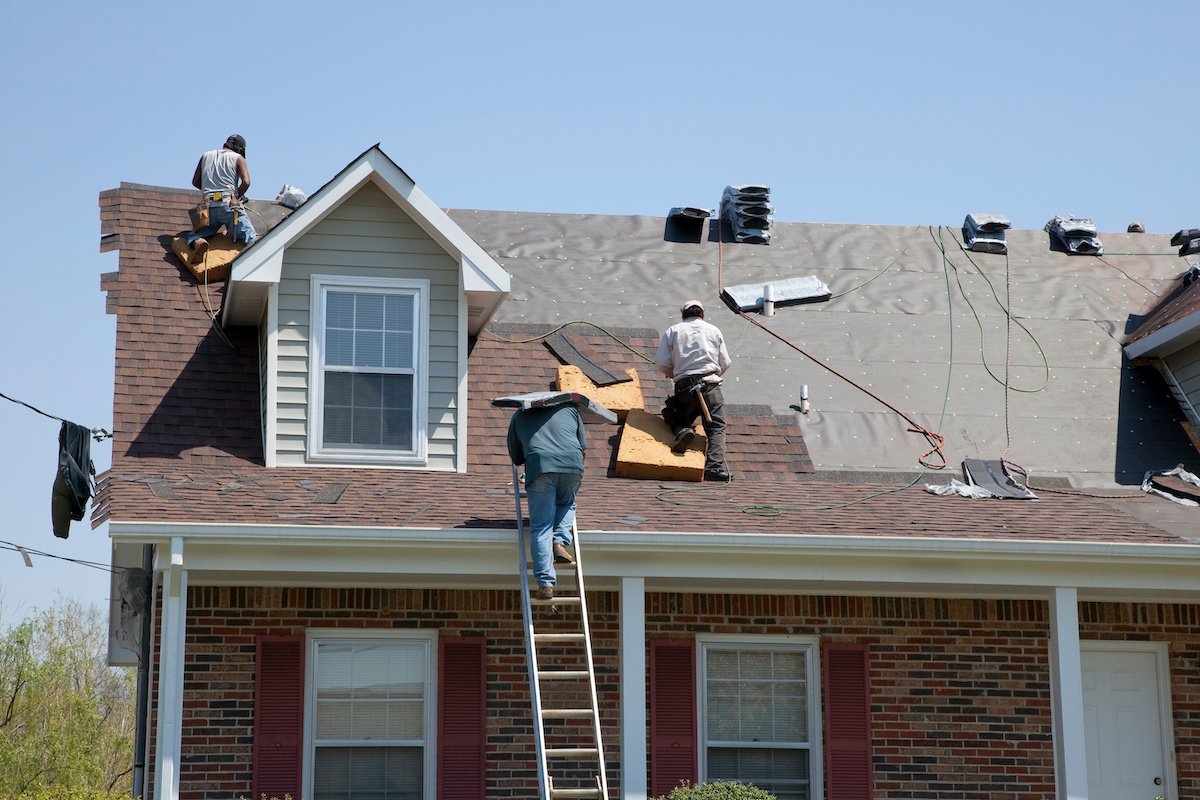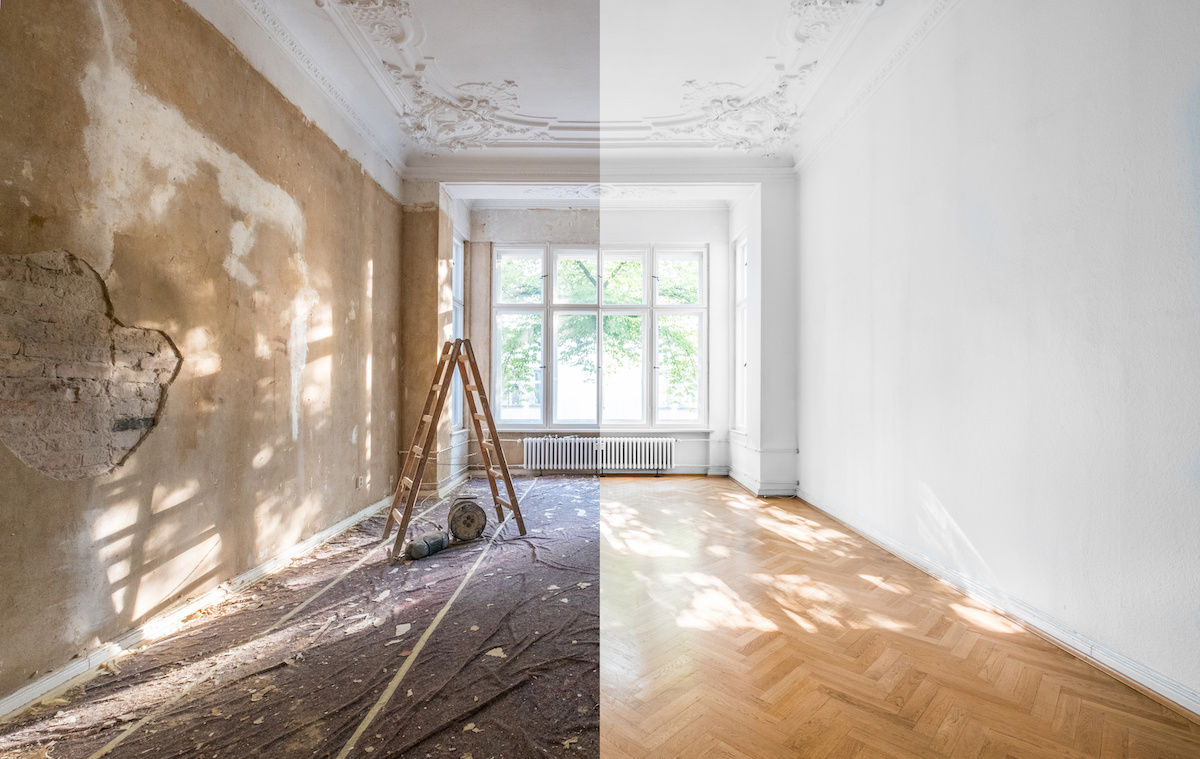
5 HELOC Alternatives: When You Don’t Qualify for a Home Equity Line of Credit
Homeownership has many perks, including the ability to tap into your home equity for financing. A home equity line of credit, or HELOC, allows you to borrow money using the equity in your home as collateral. And while not everyone may have enough equity in their home to borrow against for a home improvement project, rest assured there are several HELOC alternatives worth exploring if you’re in need of additional financing.
Perhaps you’re looking to make some renovations or urgent improvement repairs to your home. Typically, projects of this scale requires a large sum of money to complete. And while accessing your home equity can be a great way to finance these expenses, a low credit score, high debt-to-income ratio and/or insufficient equity in your home might prevent you from qualifying for a HELOC.
What is a HELOC, and Why Might You Not Qualify?
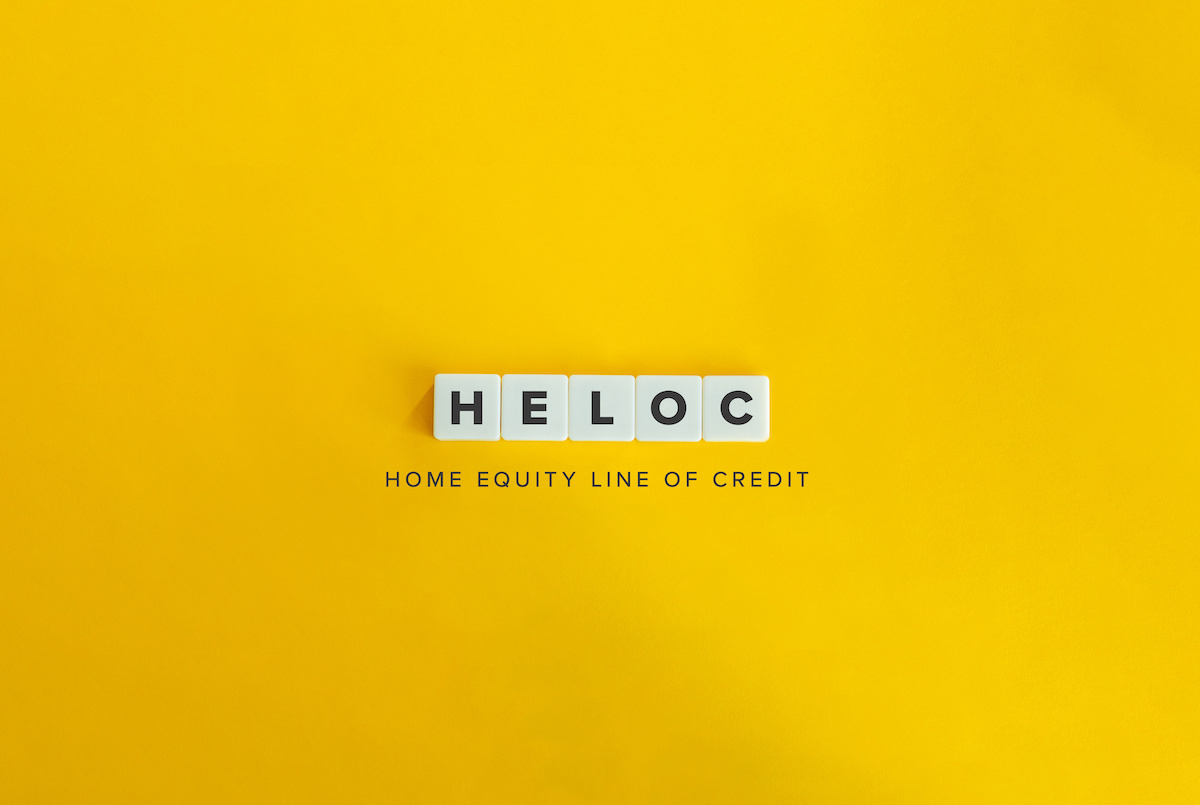
A Home Equity Line of Credit (HELOC) is a type of loan where a homeowner borrows against the equity in their home. It functions similarly to a credit card, allowing you to draw funds up to a certain limit and repay them over time. However, qualifying for a HELOC depends on several factors. Like any loan, lenders want to ensure they will be repaid in full and on time. This is where your amount of equity, credit score and debt-to-income ratio come into play. Let’s jump into these three eligibility-determining factors so you can better understand why you might not qualify for a HELOC:
You Have Insufficient Equity
A HELOC is based on the amount of equity you currently have in your home. Equity is the difference between the current market value of your home and the amount you owe on your mortgage. This is important because if you haven’t built enough equity in your home, you likely won’t qualify for a HELOC. Lenders often require homeowners to own at least 15 percent of their homes outright to qualify.
Your Credit Score is Low
A credit score measures your creditworthiness based on your credit history. A low credit score can indicate a history of missed or late payments, defaults or high credit card balances, making you a “high-risk” borrower in the eyes of a lender. Many lenders require a score in the mid-600s or higher.
Your Debt-To-Income Ratio is High
Your debt-to-income ratio also plays a role and measures how much debt you have compared to your income. Lenders use this ratio to determine if you can afford to take on more debt. A high debt-to-income ratio could indicate that you’re already struggling to pay your bills and may be unable to handle the additional debt from a HELOC. Typically, the maximum DTI ratio preferred is around 43%.
Don’t Qualify for a HELOC? Here are 5 Alternatives for Funding Your Home Improvements
While a HELOC can be a great way to leverage your home equity for expensive home improvements, it’s worth noting that the application process can often be lengthy and time-consuming. This means you might have to wait weeks upon weeks before you’re approved and able to access the line of credit. If you don’t qualify (or just can’t spare the extra time it will take), worry not — here are five HELOC alternatives that you can explore to help you finance your home improvement project:
1. Take Out a Personal Loan
A personal loan is an unsecured loan that you can use for various expenses, including home renovations and repairs. Unlike a HELOC, a personal loan does not require collateral, making it a good option for those who don’t have enough equity in their home. The interest rates on personal loans are generally higher than on HELOCs, but the loan terms are fixed, meaning you know exactly how much you’ll need to repay each month.
2. Use a Credit Card
Generally, to qualify for most credit cards, you’ll need a credit score of at least 600 – 700, but keep in mind that some credit cards will require a higher score of 750 and up, depending. If your score is in this range, consider applying for a credit card with a 0% introductory rate and using it to fund your home improvement project. Just be sure to pay off the balance before the introductory period ends; otherwise, you’ll begin to see high interest rates tacked onto your statements.
3. Opt for a Cash-Out Refinance
If you have a mortgage and have built up some equity in your home, you can consider a cash-out refinance. This involves refinancing your existing mortgage and borrowing more than what you currently owe. The difference between the new and old mortgage is then paid out to you in cash, giving you funds for your home improvements. Cash-out refinances typically have lower interest rates than personal loans or credit cards.
4. Consider Home Equity Sharing
This lesser-known option involves a third-party investor who provides you the funds for your home improvement project in exchange for a percentage of the home’s future appreciation. This option is best for those who want to avoid taking on additional debt but still want to access the equity they’ve built in their home.
5. Utilize Florida PACE Funding
PACE (Property Assessed Clean Energy) funding is a government-sponsored program that allows homeowners to finance home improvement projects through a special assessment on their property taxes. PACE funding is based on the equity in your home and your property’s value rather than your credit score and offers competitive interest rates and longer repayment terms that are fixed.
How to Choose the Right HELOC Alternative for Your Needs

Choosing the best HELOC alternative funding plan for your project may seem overwhelming, but it doesn’t have to be. With so many financing options available, it’s essential that you carefully review each one and consider your unique financial circumstances and goals. By comparing details like interest rates, fees and repayment terms, you can make a more informed decision that best suits your needs:
Understand Interest Rates
Interest rates can vary widely depending on the type of loan or financing option you choose. Ensure you compare rates from multiple lenders and choose the one with the lowest rate. Lower interest rates can help you save money on interest charges over the life of the loan.
Be Aware of Additional Fees
Some personal loans may come with origination fees or prepayment penalties, while cash-out refinances may have closing costs. Ensure you understand any fees associated with each option and factor them into your final decision.
Choose a Realistic Repayment Plan
Some options may have shorter repayment terms, which can lead to higher monthly payments but save you money in interest charges over time. Others may offer longer repayment terms but may result in more interest paid over time. Be sure to consider your financial goals when choosing a repayment plan that works best for you.
Ready to Get Started on Your Project?
If you’re facing costly home improvements but don’t qualify for traditional financing like a HELOC, Florida PACE may be the flexible, secure option you’ve been looking for. With no credit score required, no upfront payment and fixed terms tied to your property (not your personal finances), you can move forward with confidence.
Take the first step today by starting your Florida PACE application. There’s no obligation, and you’ll stay in control every step of the way.
